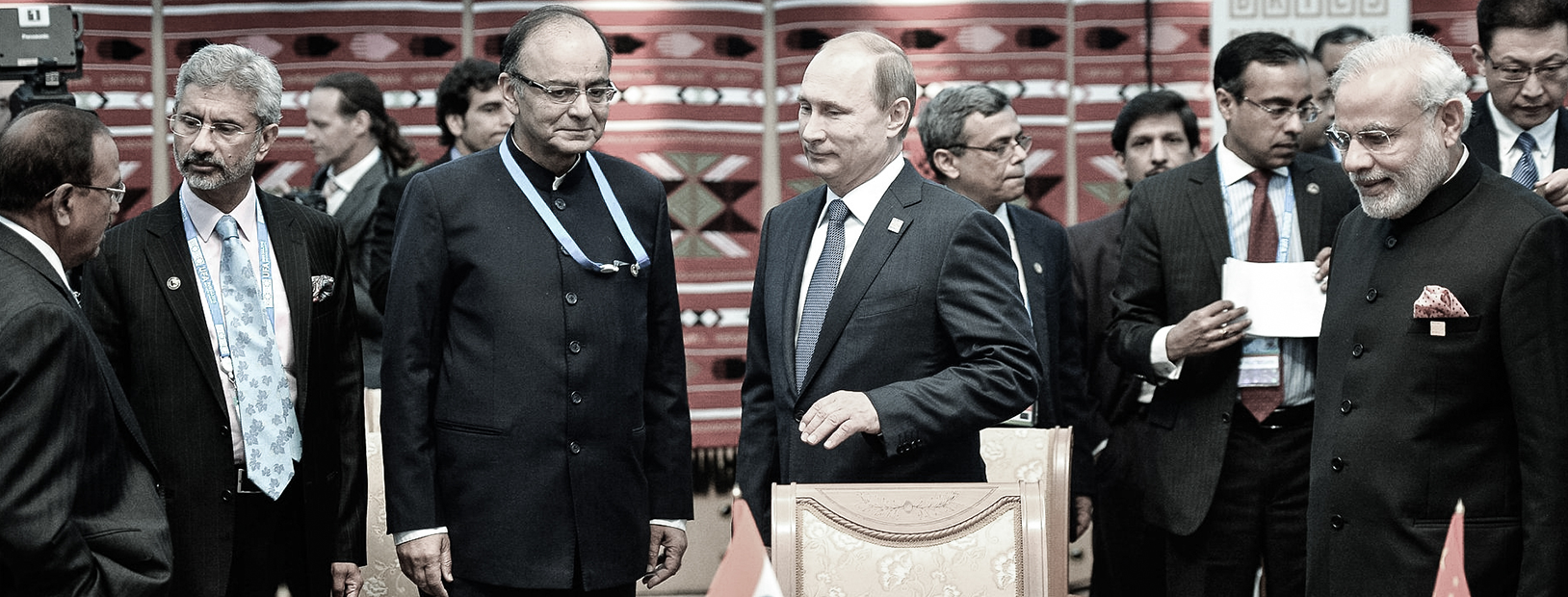FULL AUDIO OF TALK
RIGHTS ENVIRONMENTAL JUSTICE
Watch the full video (above) of the talk by Rahul Basu, where he speaks about the work of the Goa Foundation, an environmental NGO, in raising awareness about mining being Goa’s largest environmental issue for over twenty five years
In this talk, he discusses the Goa Foundation’s ‘fair mining’ proposal, which uses the ‘public trust’ doctrine and the ‘intergenerational equity’ principle to propose an ethical, fair and just resolution to the mining issue. Basu explains how the proposal also contributes to reducing poverty, slowing the growing inequality, reducing corruption and crony capitalism, improving governance and even creating a palatable ‘Universal Basic Income’.
Rahul Basu is presently a member of a number of initiatives, including the Goa Foundation, the Goenchi Mati Movement, and The Future We Need. He is on the executive committee of Mines, Minerals and People and the interim executive committee of the India Network for Basic Income.



